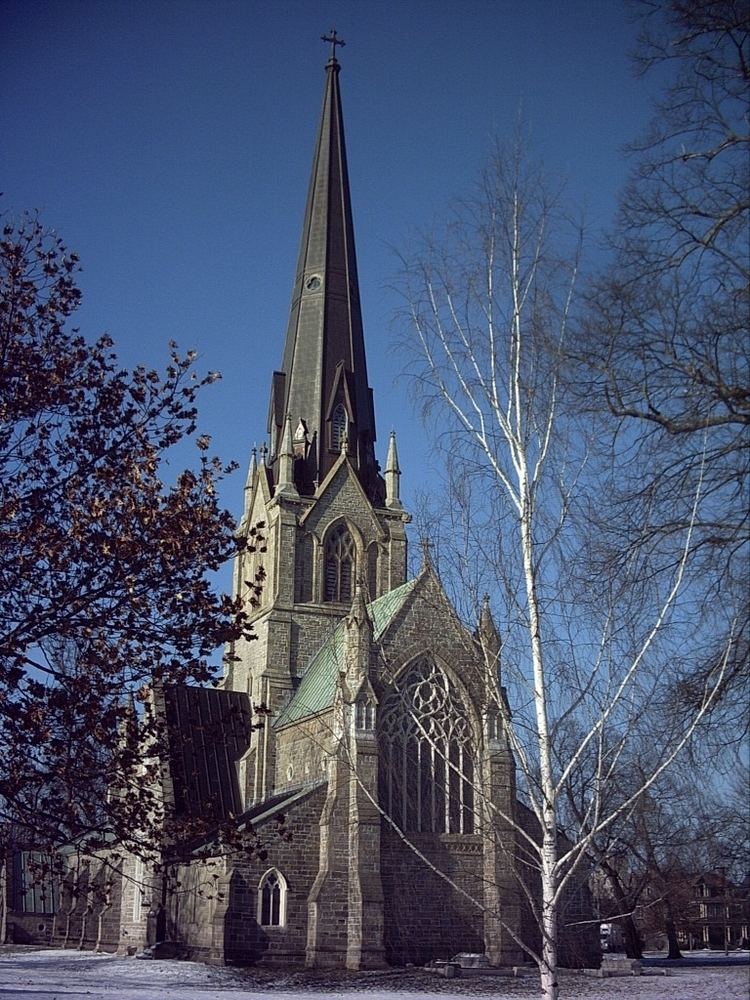Occupation Architect Name Frank Wills | Role Architect | |
 | ||
Died April 22, 1857, Montreal, Canada People also search for Henry C. Dudley, Diana J Sanders, Joseph Blount Cheshire, Thomas Seaton Scott Books Cognitive Therapy: An Introd, Skills in Cognitive Behaviou, Counselling for Anxiety Problems, Cognitive Therapy: Transfor, Skills in Cognitive Behaviou Structures Christ Church Cathedral, Episcopal Church of the Nativity, St John's Episcopal Church, Holy Trinity Church, All Saints' Episcopal Church | ||
Frank Wills was a British-born architect who is associated with the design of early Gothic Revival churches in North America.
Contents
Biography
Frank Wills was born in Exeter, Devon England in 1822, where he started working under John Hayward, he was a member of the Exeter Architectural Society, and his first known work is a canopied tomb in Gothic style beside the high altar in St. Thomas' Church in Exeter. In 1842, Wills exhibited at the Royal Academy of Arts in London. He emigrated to New Brunswick in 1845 to work on Christ Church Cathedral in Fredericton. He modelled it on St. Mary's Church in Snettisham, Norfolk. He moved to New York City and began an architectural firm in late 1847 and married Emily Coster in 1848. He became associated with the New York Ecclesiology Society and soon was the official architect for that group. In 1850 he published Ancient Ecclesiastical Architecture and Its Principles, Applied to the Wants of the Church at the Present Day. Emily died in that same year. In 1851 he took a partner into his firm, Henry Dudley who had also worked under Hayward in Exeter. He remarried to Almy Warne Casey in November 1853, she was the daughter of the Philadelphia iron merchant James Casey. They had one son, Charles James Wills. Frank Wills died suddenly in Montreal in 1857, where he was working on Christ Church Cathedral.
Works
Selected works by him or his firm include:
Also, based on similarities, three other churches are believed to be from his firm:
